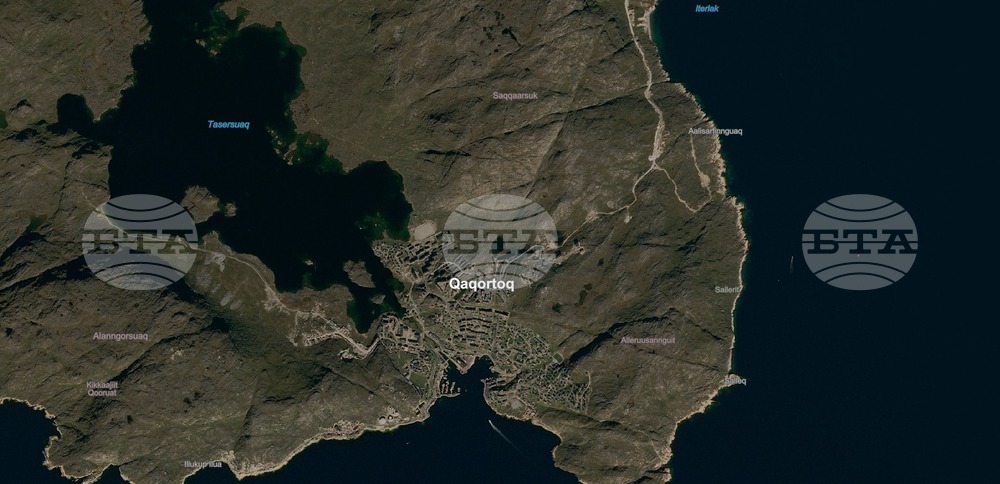site.btaNational Natural History Museum Researchers Go on First Arctic Expedition to Southwest Greenland Fjords


Dr. Tihomir Stefanov from the National Museum of Natural History (NMNH) at the Bulgarian Academy of Sciences (BAS), together with scientists from Denmark, Norway and the United Kingdom, will study the impact of active glacial melting on fish populations in the fjords of Southwest Greenland. Their research is taking place during an Arctic expedition that runs from August 14-31, the NMNH-BAS said on Friday.
/RY/
news.modal.header
news.modal.text